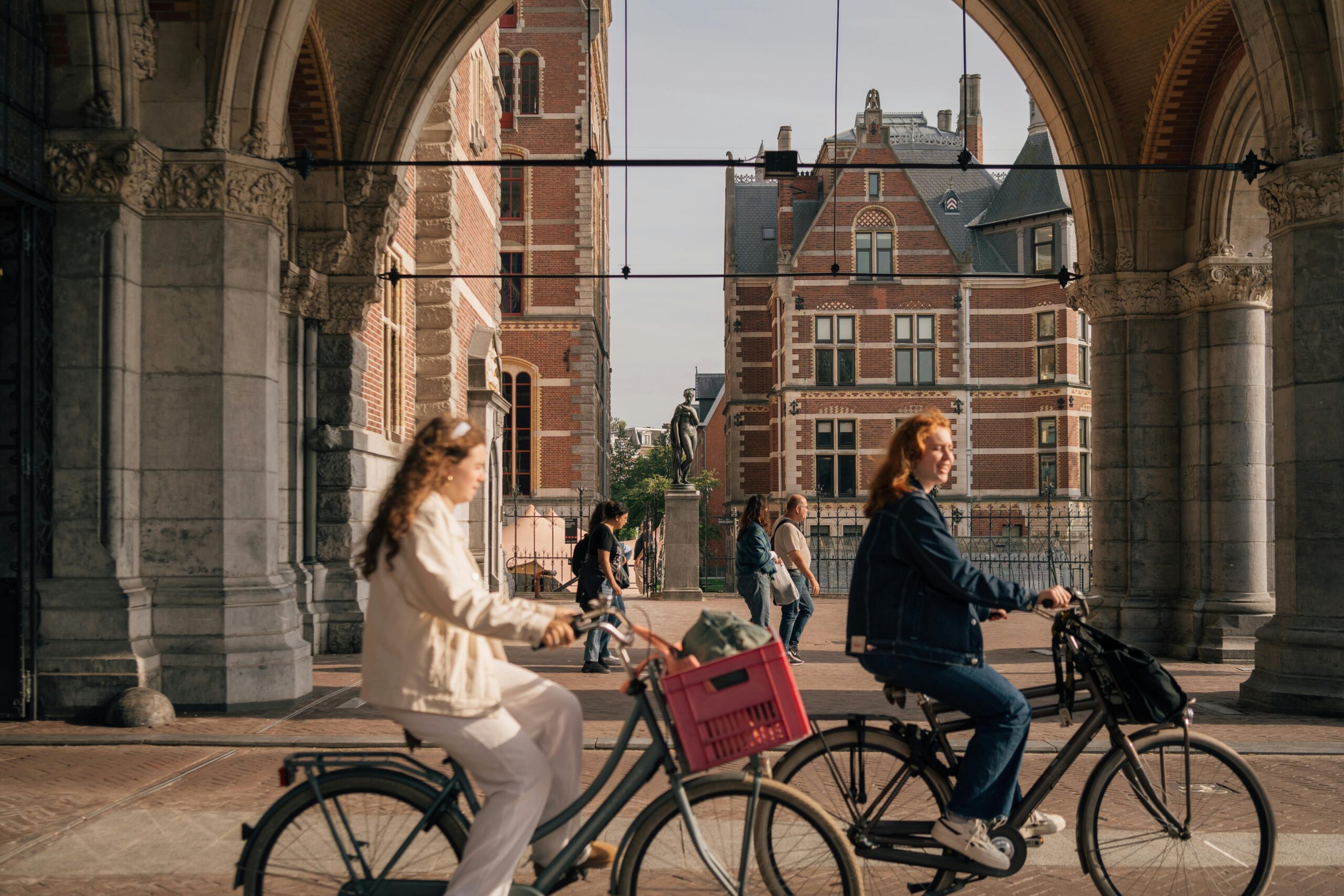In the realm of urban planning, the “15-minute city” concept has gained significant attention, advocating for all essential services to be within a 15-minute reach for residents. Copenhagen’s Nordhavn district has taken this idea further, pioneering the “five-minute city” model, where daily necessities are accessible within just a five-minute walk. This innovative approach not only enhances convenience but also promotes sustainability and community well-being.
Nordhavn, once an industrial harbor area, has been transformed into a vibrant neighborhood that exemplifies human-centric design. The district boasts a seamless integration of residential, commercial, and recreational spaces, all meticulously planned to minimize reliance on automobiles. New metro lines and extensive bike routes crisscross the area, ensuring efficient and eco-friendly transportation options. The emphasis on pedestrian-friendly infrastructure encourages residents to opt for walking or cycling, thereby reducing carbon emissions and fostering a healthier lifestyle.
Environmental sustainability is at the core of Nordhavn’s development. The neighborhood is designed to be carbon-neutral, featuring green buildings equipped with energy-efficient systems and renewable energy sources. Green roofs and facades not only enhance the aesthetic appeal but also contribute to biodiversity and air purification. Public spaces are adorned with lush greenery, providing residents with ample opportunities to connect with nature amidst urban settings.
Community engagement plays a pivotal role in Nordhavn’s success. The district offers a plethora of communal areas, including parks, plazas, and waterfront promenades, which serve as hubs for social interaction and cultural activities. This design fosters a strong sense of belonging and encourages residents to participate in community-driven initiatives, further strengthening social cohesion.
However, the development is not without its challenges. The high cost of living in Nordhavn has raised concerns about inclusivity, as limited social housing options may exclude lower-income groups. Urban planners and policymakers must address these issues to ensure that such sustainable models are accessible to a diverse population.
Nordhavn’s “five-minute city” model serves as a compelling blueprint for future urban developments. By prioritizing accessibility, sustainability, and community engagement, it demonstrates how thoughtful urban planning can create livable, resilient, and inclusive neighborhoods. As cities worldwide grapple with the challenges of rapid urbanization and climate change, Nordhavn offers valuable insights into building the sustainable cities of tomorrow.
References:
